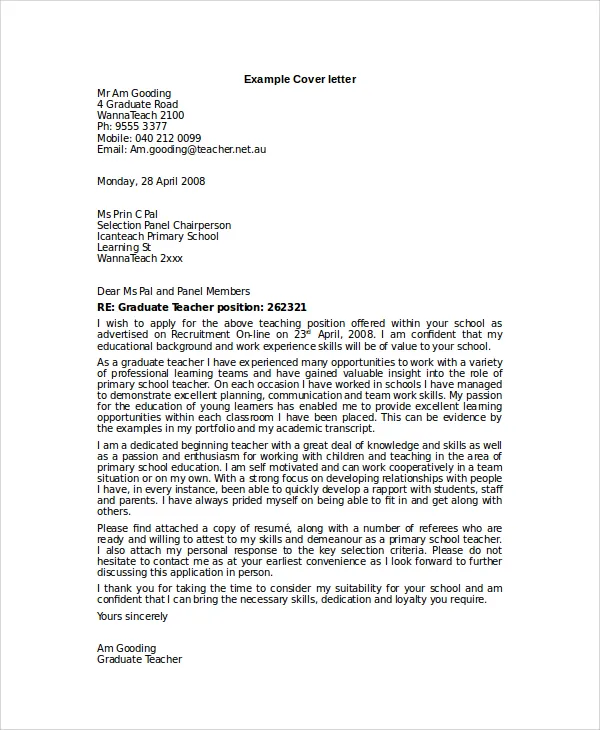What is a Cover Letter for College Teaching
A cover letter for a college teaching position is a crucial document accompanying your curriculum vitae (CV) or resume. It serves as your introduction to the hiring committee, providing an opportunity to highlight your qualifications, experience, and passion for teaching. Unlike your CV, which provides a factual overview, the cover letter allows you to express your personality, articulate your teaching philosophy, and demonstrate your understanding of the specific role and the institution. It is your chance to make a strong first impression and persuade the search committee that you are the ideal candidate for the position.
Why a Cover Letter is Important
The importance of a cover letter in the context of applying for a college teaching position cannot be overstated. Firstly, it provides context to your CV or resume. While your CV lists your accomplishments, the cover letter explains them, showing how your experience aligns with the specific requirements of the job. Secondly, it allows you to demonstrate your communication skills. A well-written cover letter showcases your ability to articulate your thoughts clearly and concisely, a vital skill for any educator. Thirdly, it enables you to showcase your passion for teaching. By expressing your teaching philosophy and goals, you can convey your enthusiasm and commitment to higher education, making you a more appealing candidate.
Key Components of a Strong Cover Letter
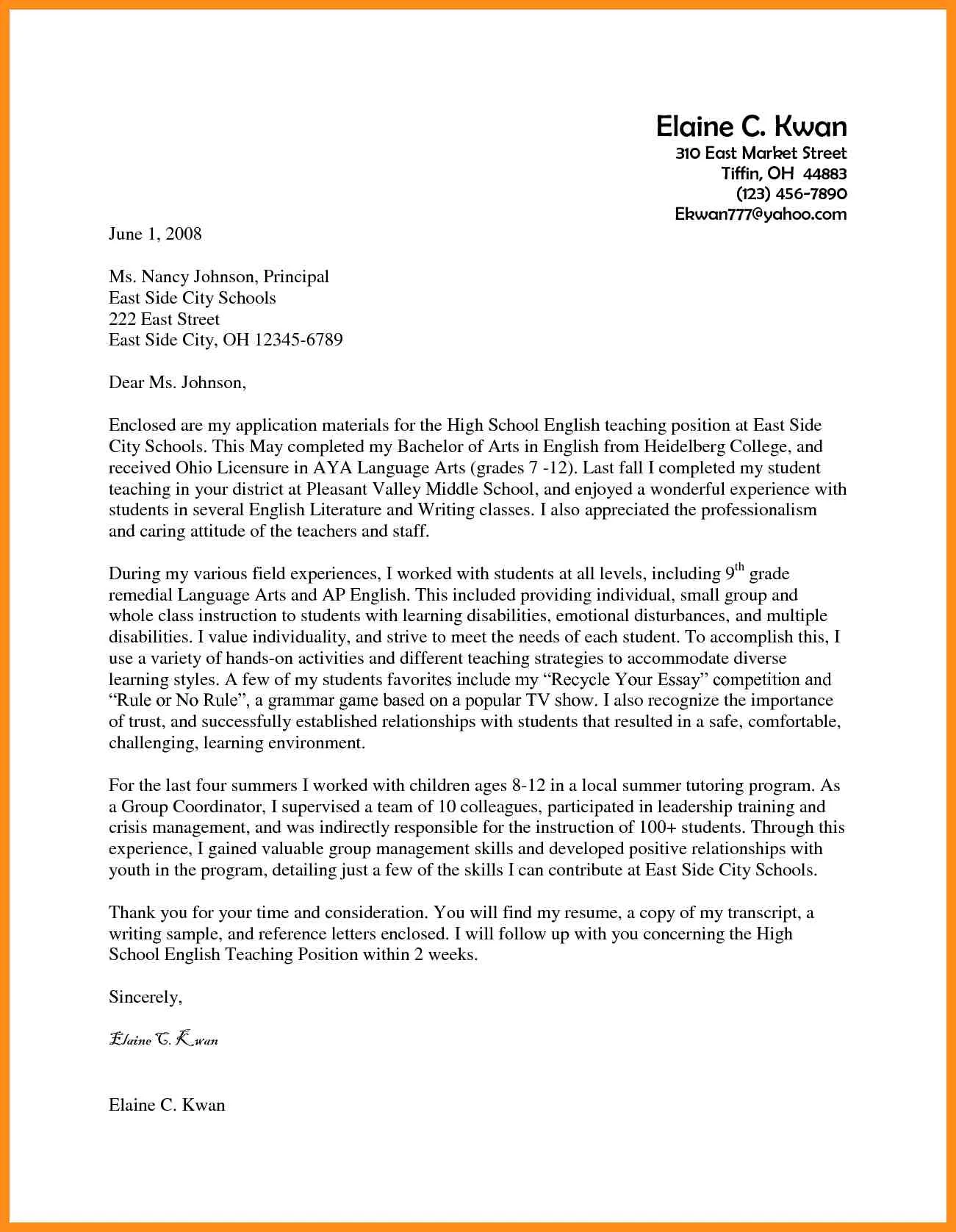
A strong cover letter is composed of several key elements, each playing a vital role in capturing the attention of the hiring committee. These components, when combined effectively, create a compelling narrative that demonstrates your suitability for the position. From the header to the closing, each part should be carefully crafted to present you in the best possible light and highlight your qualifications.
Header and Contact Information
Begin your cover letter with a professional header that includes your full name, address, phone number, and email address. Ensure your contact information is accurate and up-to-date. Following this, include the date and the hiring committee’s contact information. If you know the name of the hiring manager or the search committee chair, address the letter directly to them; otherwise, use a formal salutation such as “Dear Search Committee.”
Greeting the Hiring Committee
The greeting sets the tone for your entire letter. If you know the name of the hiring manager, use it, e.g., “Dear Professor Smith.” If not, use a formal greeting like “Dear Search Committee” or “Dear Hiring Committee.” Avoid generic greetings such as “To Whom It May Concern,” as they signal a lack of personalization and detail.
Opening Paragraph Crafting a Compelling Start
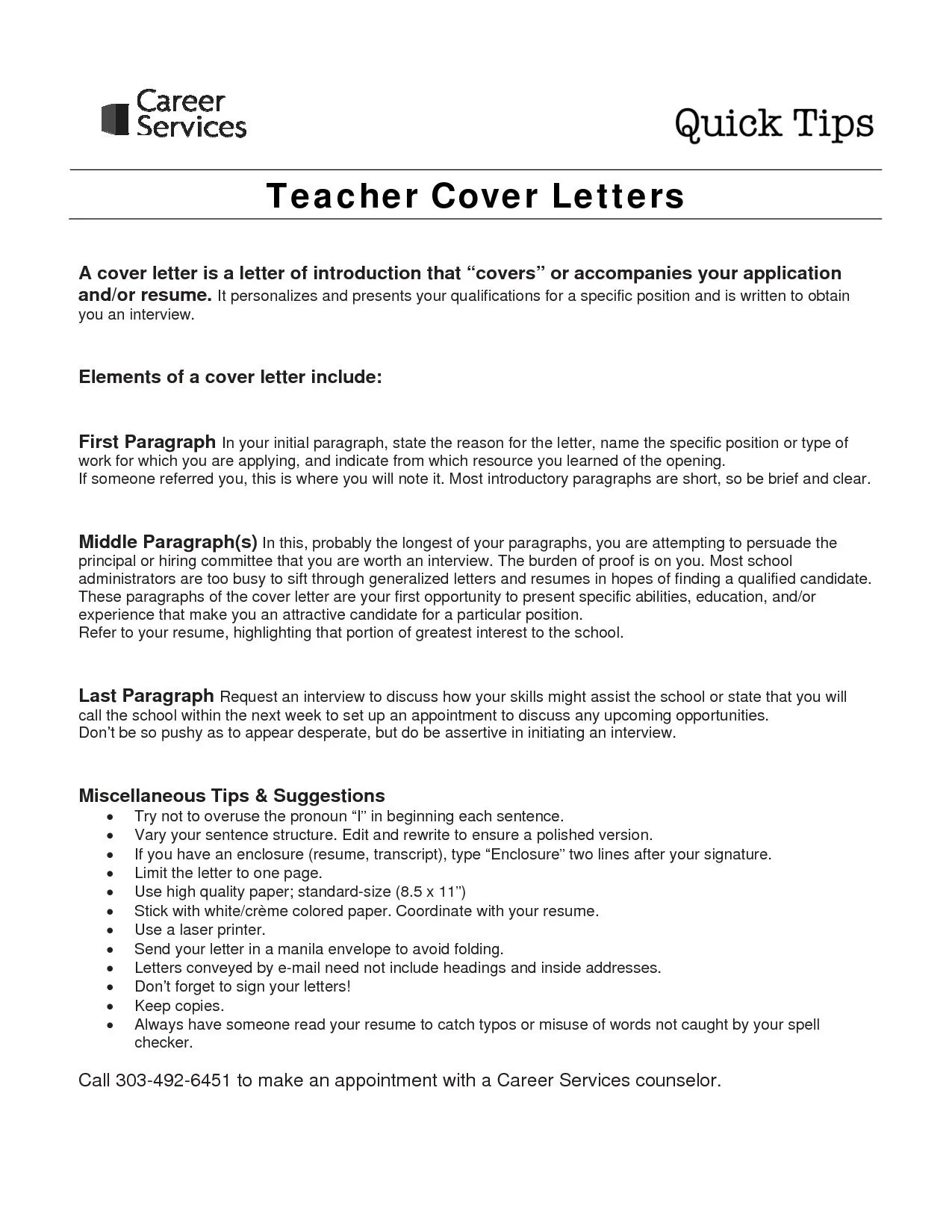
The opening paragraph is your opportunity to grab the reader’s attention. State the position you are applying for and where you saw the advertisement. Briefly mention your key qualifications and express your enthusiasm for the role and the institution. Be concise and confident. A strong opening paragraph sets the stage for the rest of the letter and encourages the reader to continue.
Highlighting Your Qualifications and Experience
This is the core of your cover letter. Highlight your relevant qualifications and experience, directly referencing the requirements listed in the job description. Provide specific examples of your achievements and how they align with the position. Use action verbs to describe your accomplishments. Quantify your achievements whenever possible (e.g., “Increased student engagement by 20%”). Explain how your skills and experience make you a strong candidate for the role. Focus on what you can bring to the department.
Showcasing Relevant Skills and Accomplishments
When showcasing your skills and accomplishments, be specific and provide evidence. Rather than simply stating that you are a good communicator, describe a situation where you effectively conveyed complex information to students, colleagues, or the public. If you have received teaching awards or positive student evaluations, mention them briefly. Tailor your examples to match the job description, focusing on the skills and experiences the institution values most. Use the STAR method (Situation, Task, Action, Result) to structure your examples for clarity and impact.
Demonstrating Teaching Philosophy
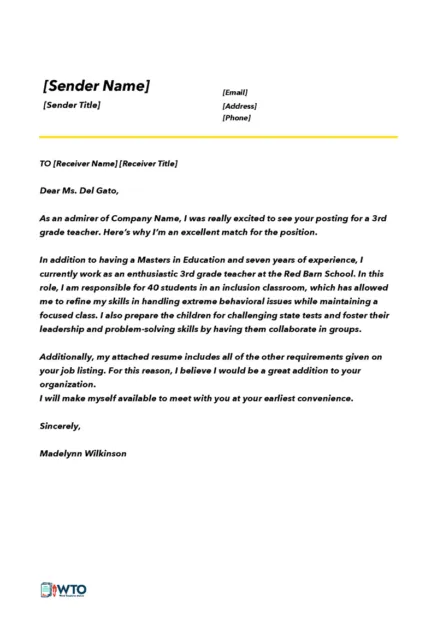
Your teaching philosophy is a critical component of your cover letter. Briefly articulate your approach to teaching, including your beliefs about student learning, classroom management, and assessment. Describe your teaching methods and how they support student success. Explain how you foster a positive and inclusive learning environment. If your philosophy aligns with the college’s mission and values, explicitly state this. Be authentic and passionate in expressing your approach to teaching.
Aligning with the College’s Mission
Demonstrate that you understand the college’s mission, values, and goals. Research the institution’s website, mission statement, and strategic plan. Mention specific programs, initiatives, or values that resonate with you and explain how your skills and experience align with them. By showing you are a good fit for the institution’s culture, you increase your chances of being selected for an interview. This demonstrates your sincere interest in the role and the institution.
Addressing the Specific Position Requirements
Carefully review the job description and address each of the required qualifications and responsibilities. Explain how your skills, experience, and teaching philosophy meet these requirements. Use keywords from the job description to show you have thoroughly understood the needs of the role. Provide concrete examples to support your claims. If there are any areas where your experience is limited, acknowledge them honestly and highlight related skills or transferable experiences that can compensate.
Closing Paragraph Expressing Interest and Gratitude
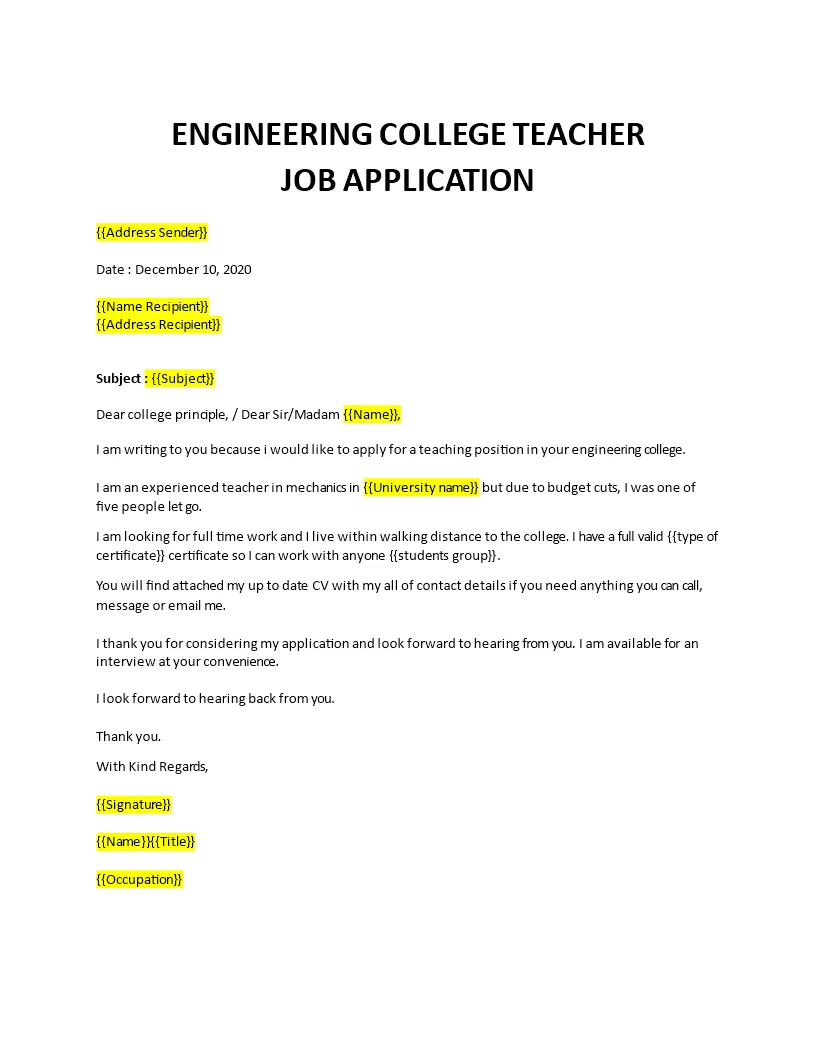
In your closing paragraph, reiterate your interest in the position and the institution. Thank the hiring committee for their time and consideration. Express your enthusiasm for an interview and provide your contact information. Avoid generic closing statements. End with a professional closing such as “Sincerely,” or “Respectfully,” followed by your full name.
Proofreading and Formatting
Proofreading and formatting are essential steps in the cover letter writing process. A well-formatted, error-free cover letter demonstrates professionalism and attention to detail. Take the time to ensure your letter is polished and easy to read.
Formatting Your Cover Letter
Use a professional and readable font, such as Times New Roman, Arial, or Calibri, with a font size between 11 and 12 points. Use standard margins (1 inch on all sides). Structure your letter with clear paragraphs and headings to make it easy to scan. Use bullet points to highlight key achievements or skills if appropriate. Keep the letter concise, ideally one page long. Ensure consistency in formatting throughout the document.
Proofreading for Errors

Carefully proofread your cover letter for any grammatical errors, typos, or spelling mistakes. Ask a friend, colleague, or mentor to review it as well. Read your cover letter aloud to catch any awkward phrasing or unclear sentences. Pay attention to punctuation and ensure the language is clear and professional. A flawless cover letter reflects positively on your attention to detail and your professionalism.
Cover Letter Examples for Different Disciplines
Cover letters should be tailored to the specific discipline and the requirements of the position. A cover letter for an English professor might emphasize research, publications, and experience teaching literature, while a cover letter for a Biology professor will focus on laboratory experience, research grants, and publications. Review cover letter samples from your discipline to get an idea of how to present your qualifications effectively. The key is to highlight the relevant skills and experiences that align with the job requirements.
Tips for Tailoring Your Cover Letter
Tailoring your cover letter to each specific position is crucial. It shows that you have taken the time to understand the role and the institution. Generic cover letters are easily spotted and often discarded. Tailoring makes a strong impression.
Research the College and Department

Before writing your cover letter, thoroughly research the college and the department. Understand their mission, values, and strategic goals. Visit the department’s website to learn about its faculty, research, and curriculum. This information will help you tailor your letter to the specific needs and priorities of the institution and the hiring committee. Demonstrating your understanding shows your genuine interest.
Use Keywords from the Job Description
Carefully review the job description and identify keywords related to the required skills, experience, and qualifications. Incorporate these keywords naturally throughout your cover letter. This helps your application pass through Applicant Tracking Systems (ATS) and also demonstrates your understanding of the role’s requirements. However, avoid keyword stuffing, which can make your letter sound unnatural.
Seek Feedback and Revise
Before submitting your cover letter, ask for feedback from trusted sources, such as career counselors, mentors, or colleagues. They can provide valuable insights on your writing, content, and overall presentation. Revise your letter based on their feedback to ensure it is as strong as possible. Multiple revisions are common; the goal is to create the most compelling cover letter possible.
Common Mistakes to Avoid
There are several common mistakes that can undermine your cover letter and decrease your chances of getting hired.
Ignoring Instructions
Always carefully read and follow all instructions provided in the job advertisement. If the advertisement requests specific information or formatting, adhere to these requirements. Ignoring instructions can lead to your application being immediately rejected. Proofread the instructions for any specific requests.
Generic Cover Letter
Submitting a generic, mass-produced cover letter is a major mistake. Tailor your cover letter to each specific position and institution. Demonstrate that you understand the role’s requirements and that you are genuinely interested in the opportunity. A generic letter suggests a lack of effort and interest.
Typos and Grammatical Errors
Typos and grammatical errors are easily avoidable and can undermine your credibility. Proofread your cover letter meticulously. Ask someone else to review it for errors you might have missed. A polished and error-free cover letter demonstrates your attention to detail and professionalism.
Submitting Your Cover Letter
Follow the instructions provided in the job advertisement regarding how to submit your cover letter. If the instructions specify a format (e.g., PDF) or require a specific naming convention for your file, follow them carefully. Ensure your cover letter is easy to access and viewable.
Best Practices for Submission
When submitting your cover letter, use a professional email address. If submitting electronically, ensure the document is well-formatted and easy to read. If possible, submit your application as a PDF to preserve the formatting. Double-check that all attachments are included and are named appropriately. Make sure your email subject line clearly indicates the position for which you are applying.
Following Up After Submission
After submitting your cover letter and application, it is often appropriate to follow up with the hiring committee. However, follow the instructions in the job posting regarding whether or not to follow up and when. If follow-up is encouraged, send a brief, polite email a week or two after the application deadline, reiterating your interest in the position. Do not harass the committee with frequent emails.
Writing a compelling cover letter for a college teaching position requires careful planning, thorough research, and effective writing skills. By following the guidelines outlined above, you can create a cover letter that highlights your qualifications, showcases your teaching philosophy, and demonstrates your enthusiasm for the role. Remember to tailor your letter to each position, proofread meticulously, and seek feedback to increase your chances of success. With a well-crafted cover letter, you’ll be well on your way to landing your dream job in academia.
